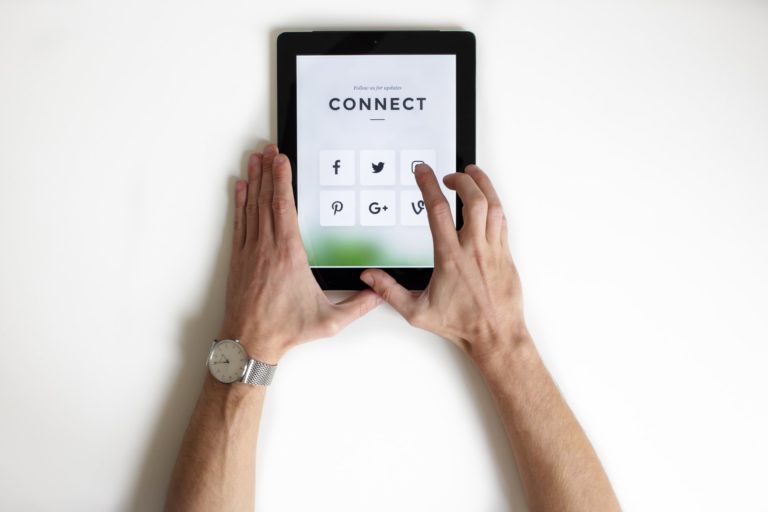
International Women’s Day was first launched in the early 20th century when women collectively organised against inequality by agitating for better working conditions and voting rights. Since that historic moment more than a century ago, International Women’s Day has evolved to celebrate the social, economic, cultural, and political achievements of women around the world.
Today, thanks to a tremendous global movement to help women’s careers thrive, the international workplace looks much different than it did a century ago. More than ever before, female entrepreneurs are building successful small companies and microbusinesses in every corner of the world.
Consider some of these recent statistics:
- Women now own nearly 40% of small businesses around the world.
- Women run more than 46% of private businesses in Ghana.
- Uganda and Vietnam have over 30% of women-owned companies.
- 32% of UK businesses are currently owned by women. This is a remarkable shift from four years ago when just 17% of founders were female.
- One in three UK entrepreneurs is female.
- The average rate of growth of businesses owned by women of color has grown 163% in the last 45 years.

Microbusinesses give women more control over working conditions
The “micro” in microbusiness can be deceptive. Although a microbusiness typically has fewer than 10 employees, this business model has empowered women of all backgrounds by helping them meet needs in their communities and even reach customers around the world. As a result, the microbusiness model has helped to lift many women and their families out of poverty while also giving them more control over when, where, and how they work.
While microbusinesses and entrepreneurs face many of the same challenges as larger companies, they have to solve them on a much smaller budget and with fewer staff to help. In many cases, all of the marketing, sales, finance, and other responsibilities needed to run a small business fall on the business owner who wears a multitude of hats. So, while smaller businesses can be faster to set up without costly overhead like office space, sustaining these businesses over the long term is no easy task.

Technology is key to fostering successful, women-owned businesses
According to a study in the Harvard Business Review, access to technology has been a major factor in closing the global gender gap. The number of women around the world who now have access to mobile phones, tablets, laptops, cloud apps, and web-based marketing and eCommerce platforms has risen exponentially — even in the most remote areas. In fact, UN Women, a United Nations entity dedicated to gender equality and the empowerment of women and girls, has identified innovation and technology as one of the key ways to continually break down gender barriers and reach those who are most likely to be left behind.
To support this mission, UN Women prioritised technology innovation as one of the “drivers of change” in its draft Strategic Plan for 2018 – 2021. What’s more, international organisations like UNESCO have also launched programs designed to bring digital skills to rural women and girls in an effort to support entrepreneurship and long-term economic stability in these regions.

The impact of COVID on women-owned businesses
While mobile and web-based technologies have been a lifeline for many microbusinesses during the pandemic, COVID measures have also forced many women entrepreneurs to leave the workplace and close their businesses. One study in Canada found that women and women-owned businesses are taking nearly twice as long to recover compared to businesses owned by men. This is at least partly due to the fact that women business owners, who already face challenges such as lack of access to capital and more family responsibilities, have had less time to devote to their careers and businesses during the pandemic.
Strategies for helping women-owned businesses stay afloat during (and after) the pandemic
While technology has been key to helping millions of women launch and manage small businesses, it’s only one part of the solution for maintaining those businesses in the pandemic era. The World Economic Forum has concluded that building a more equitable global economy requires at least three things: capital, digital payments, and innovative public-private partnerships. Together, these assets will help close the gender gap in credit access, enable women to securely receive payments and government subsidies through mobile technology, and provide access to innovative programs that help women better understand savings, finance, insurance, and other banking services that support their economic well-being.

Notably, the theme for this year’s International Women’s Day is “Choose to Challenge.” What better way to challenge ourselves than by working together to ensure that the global economic recovery prioritises those who’ve been most impacted by COVID?
Learn more about how International Women’s Day is inspiring women. Visit the International Women’s Day website to learn how you can support women and raise awareness via social media using #choosetochallenge.



